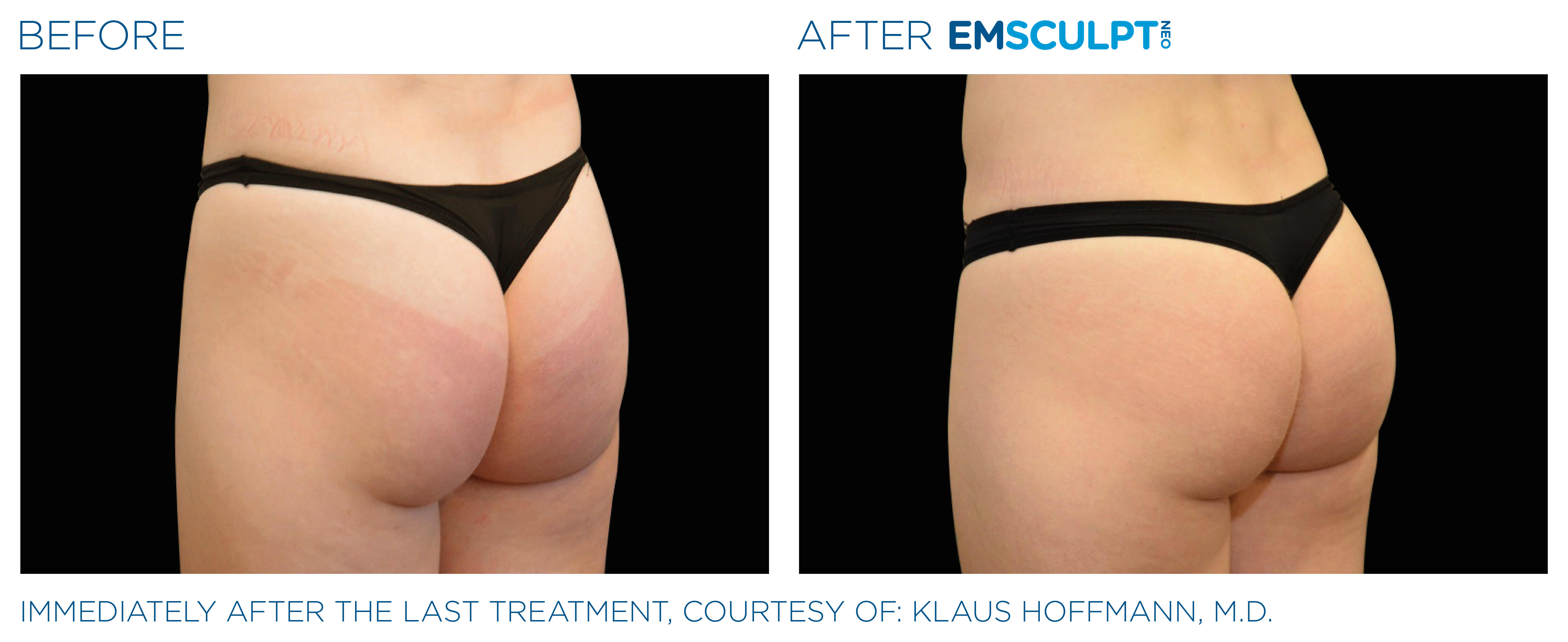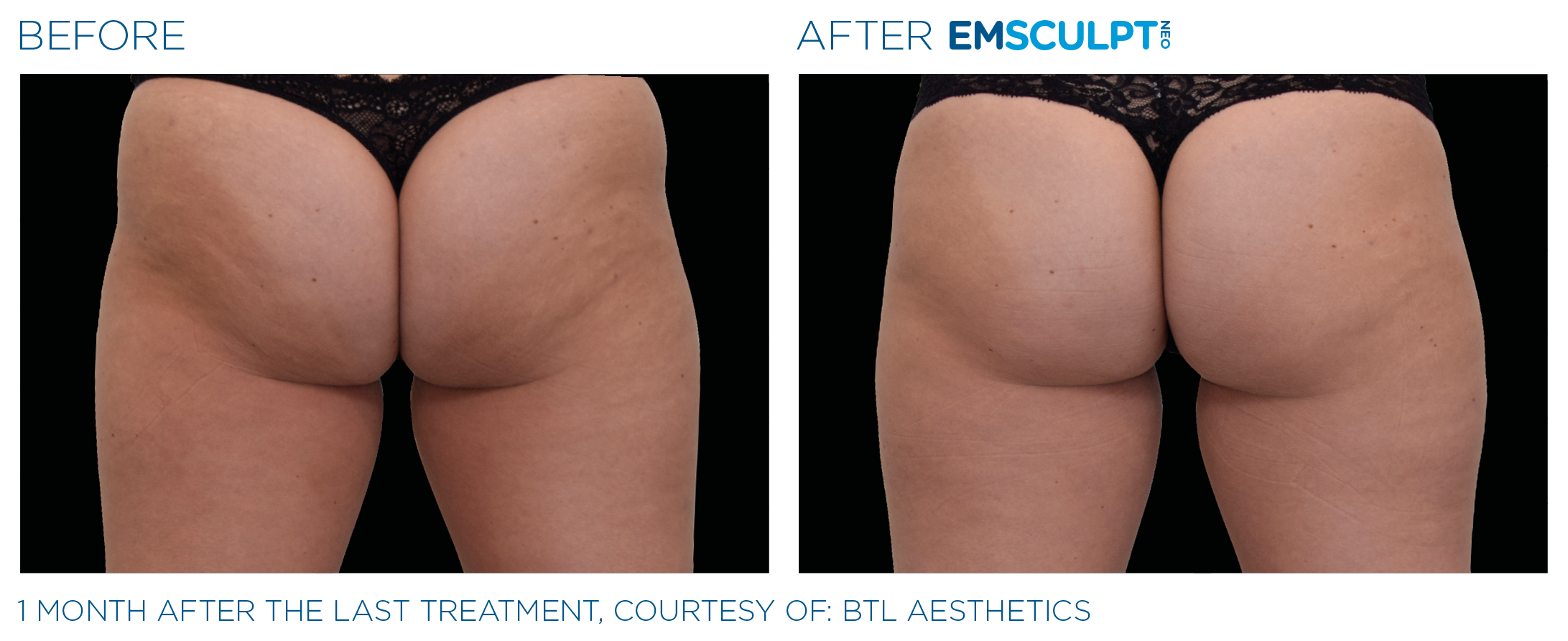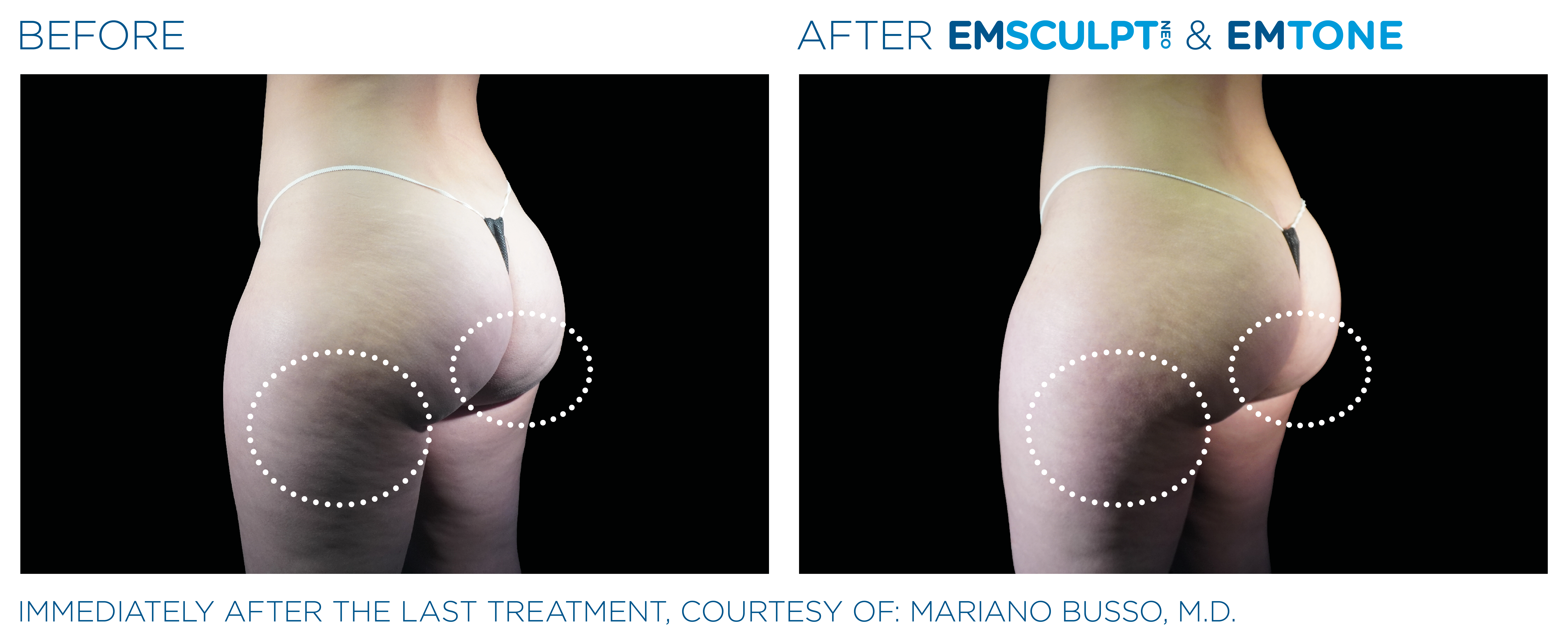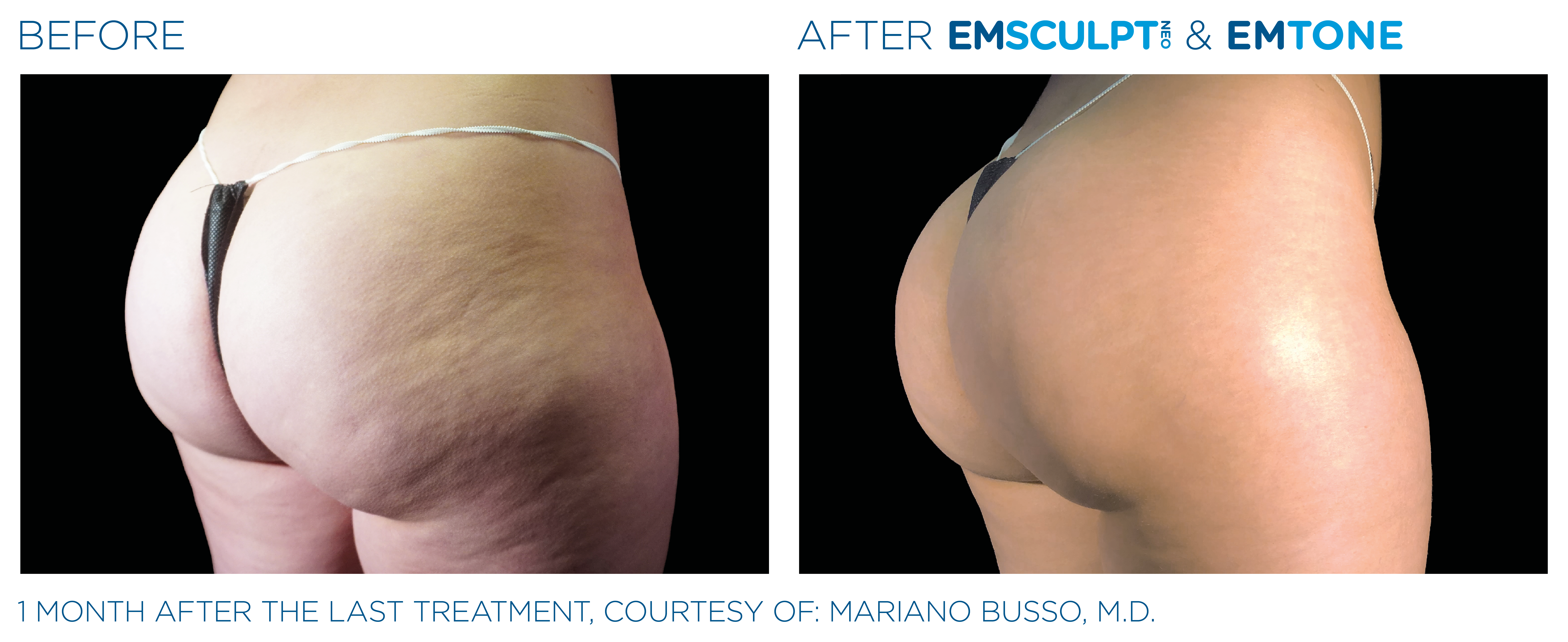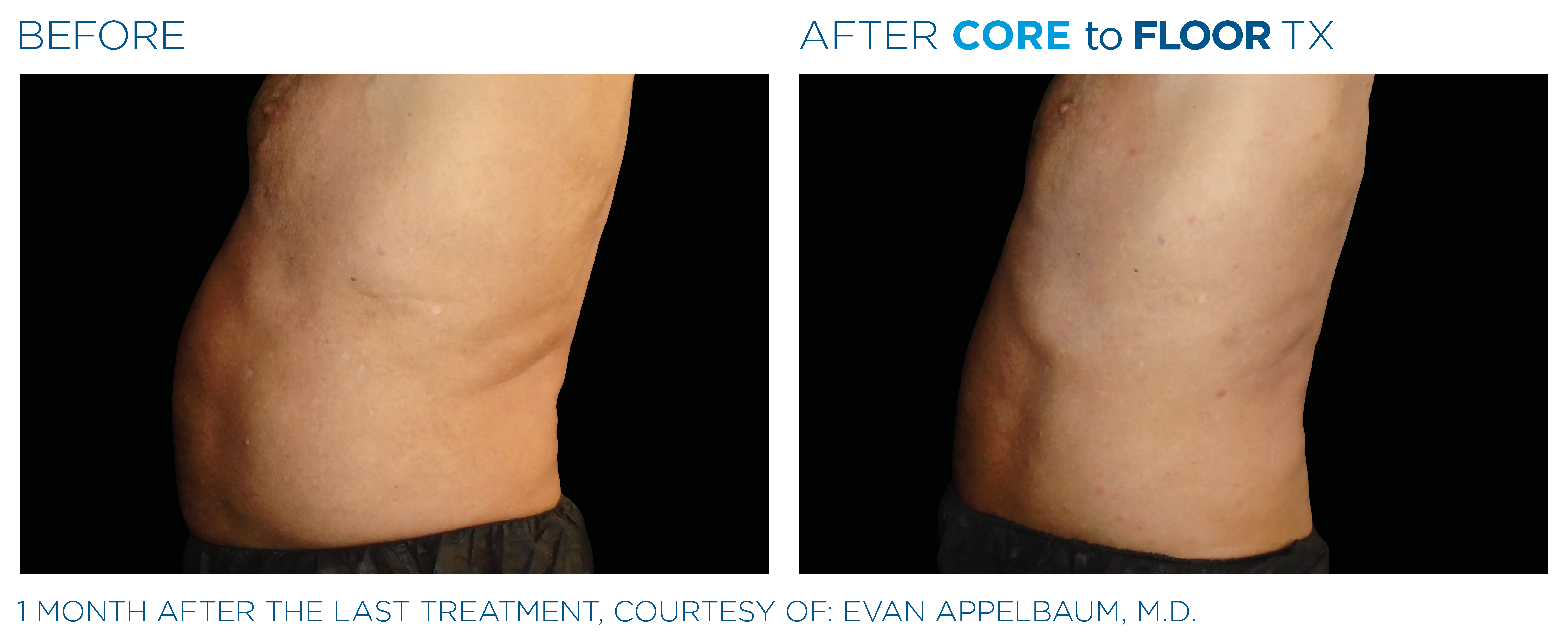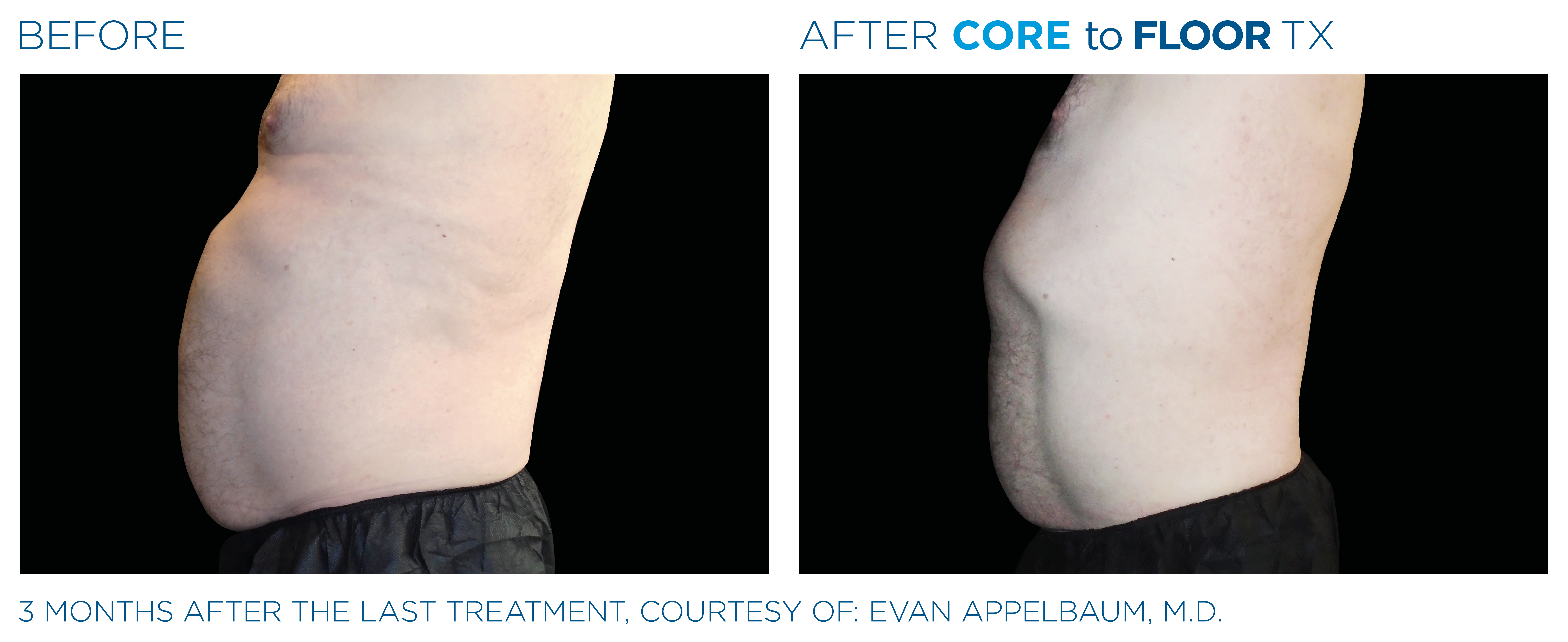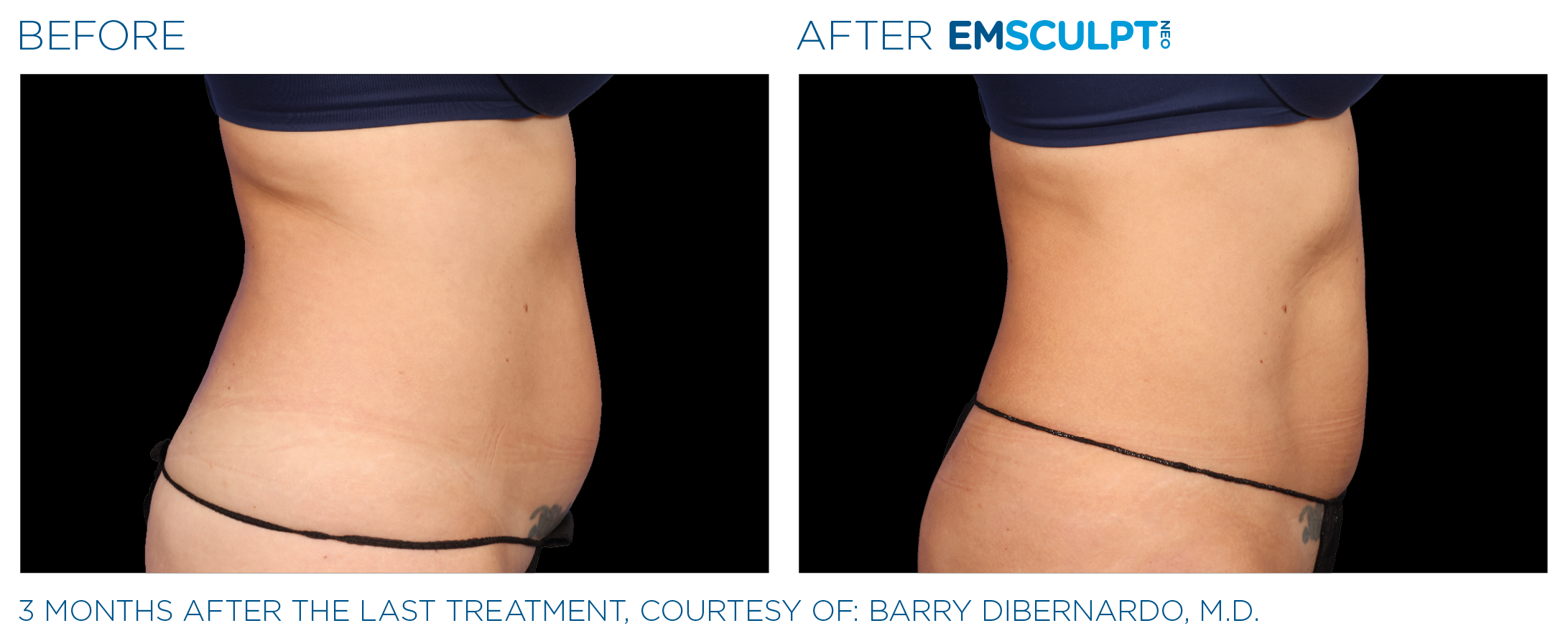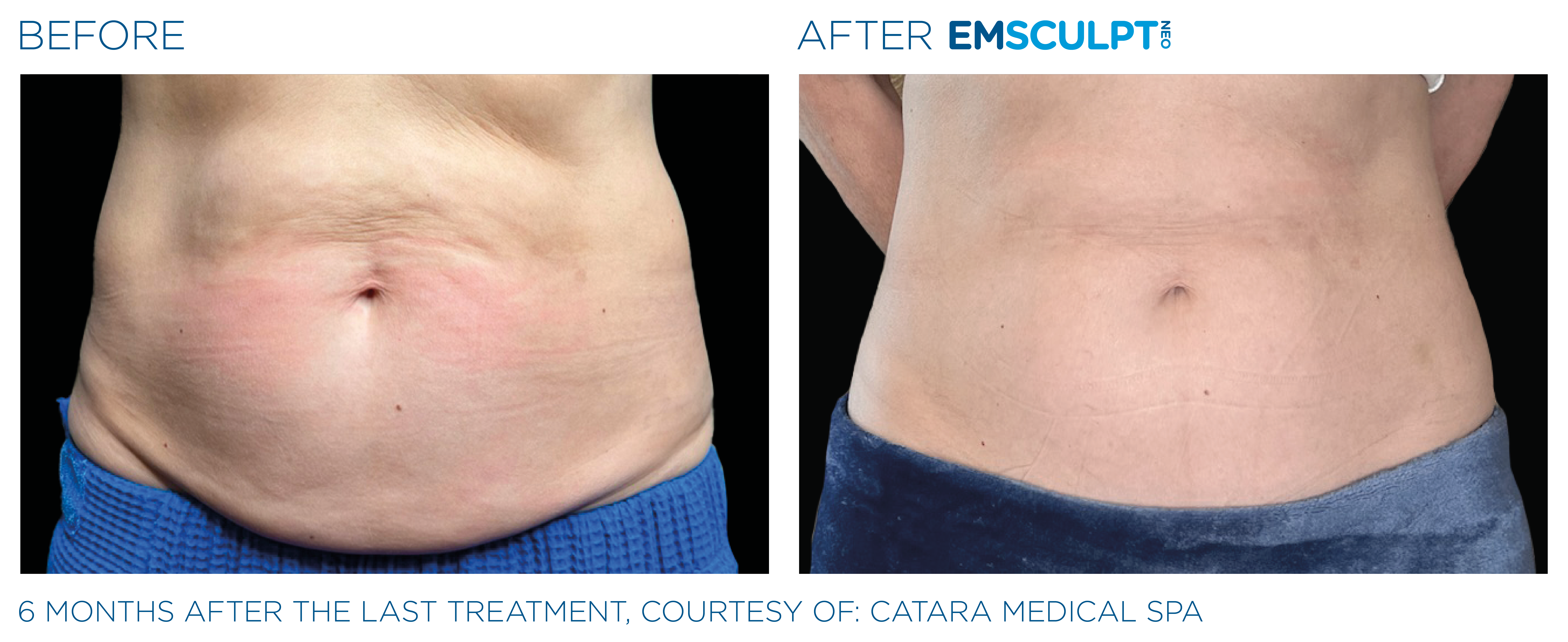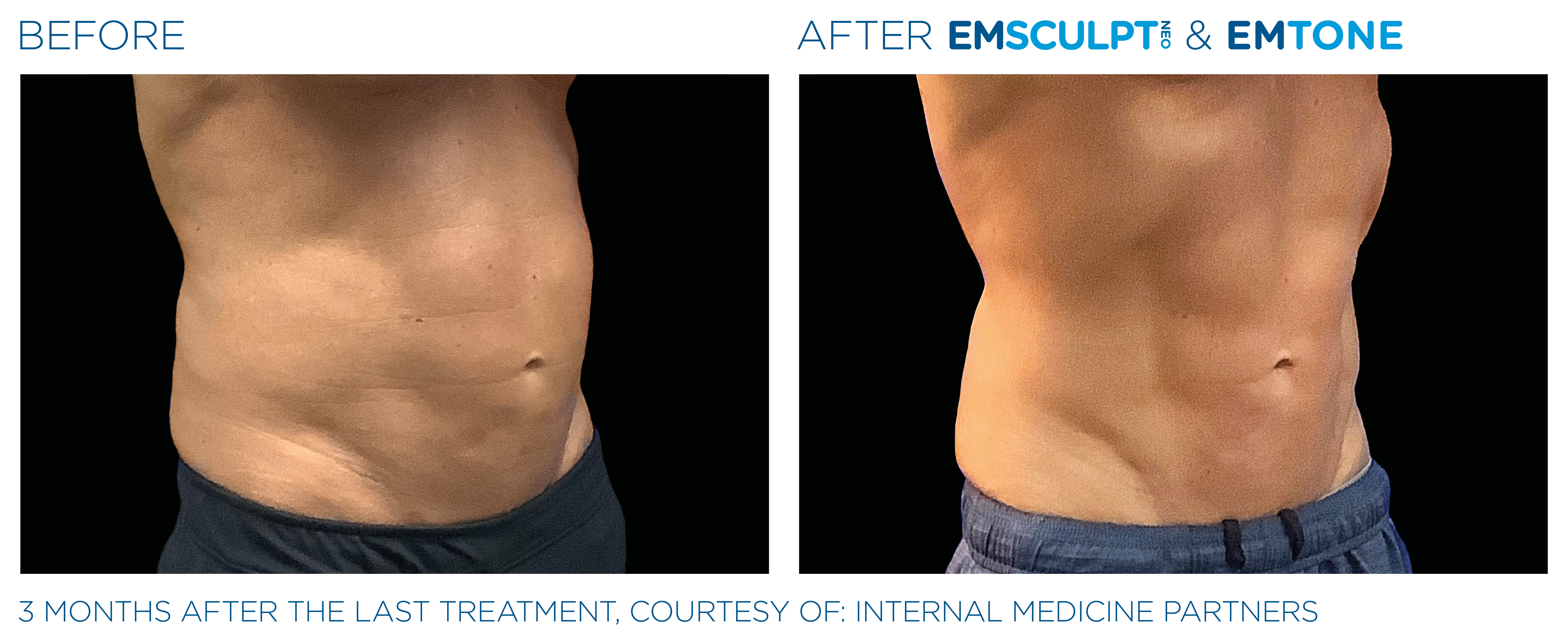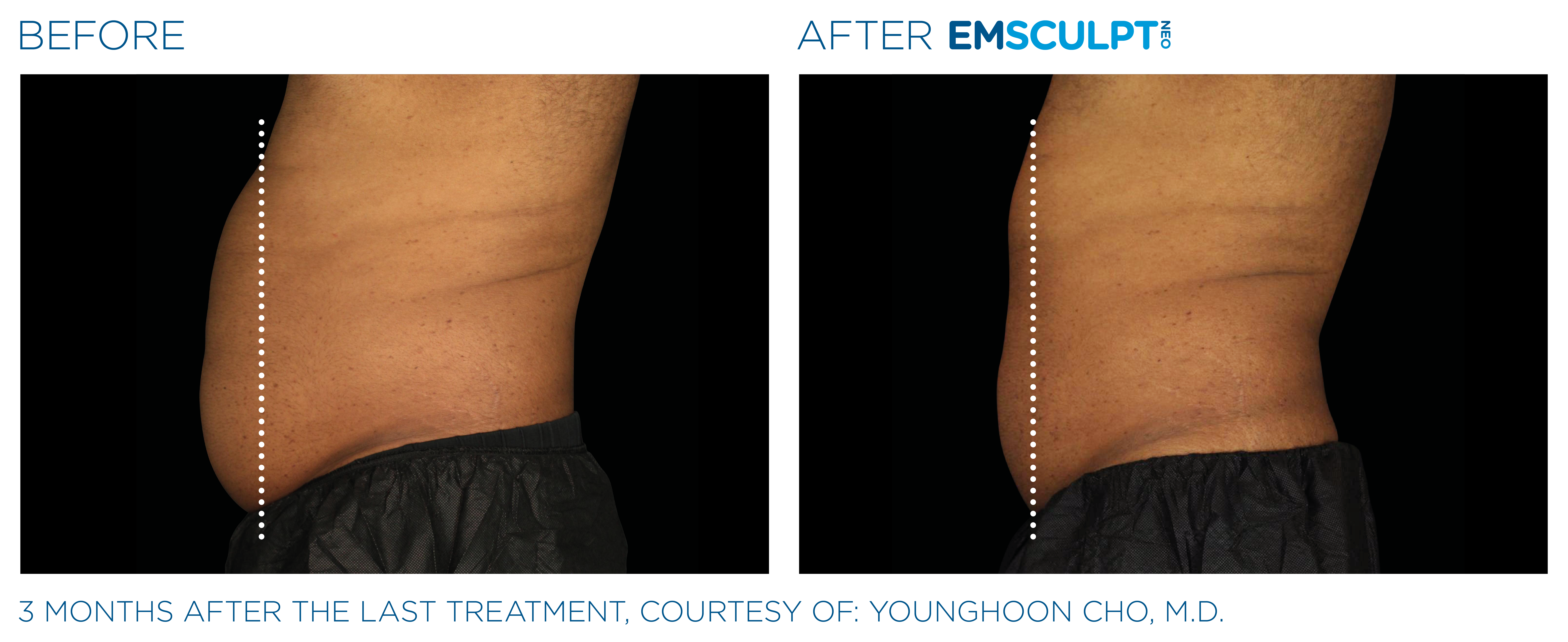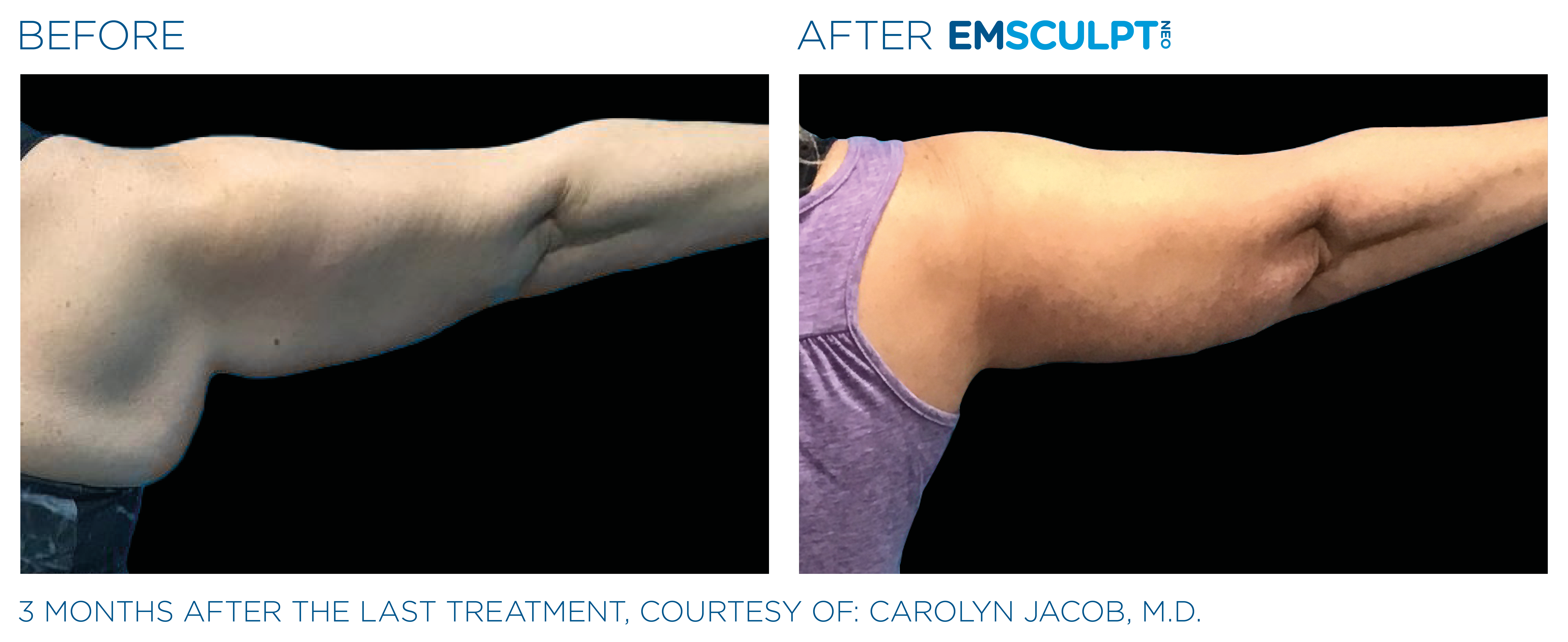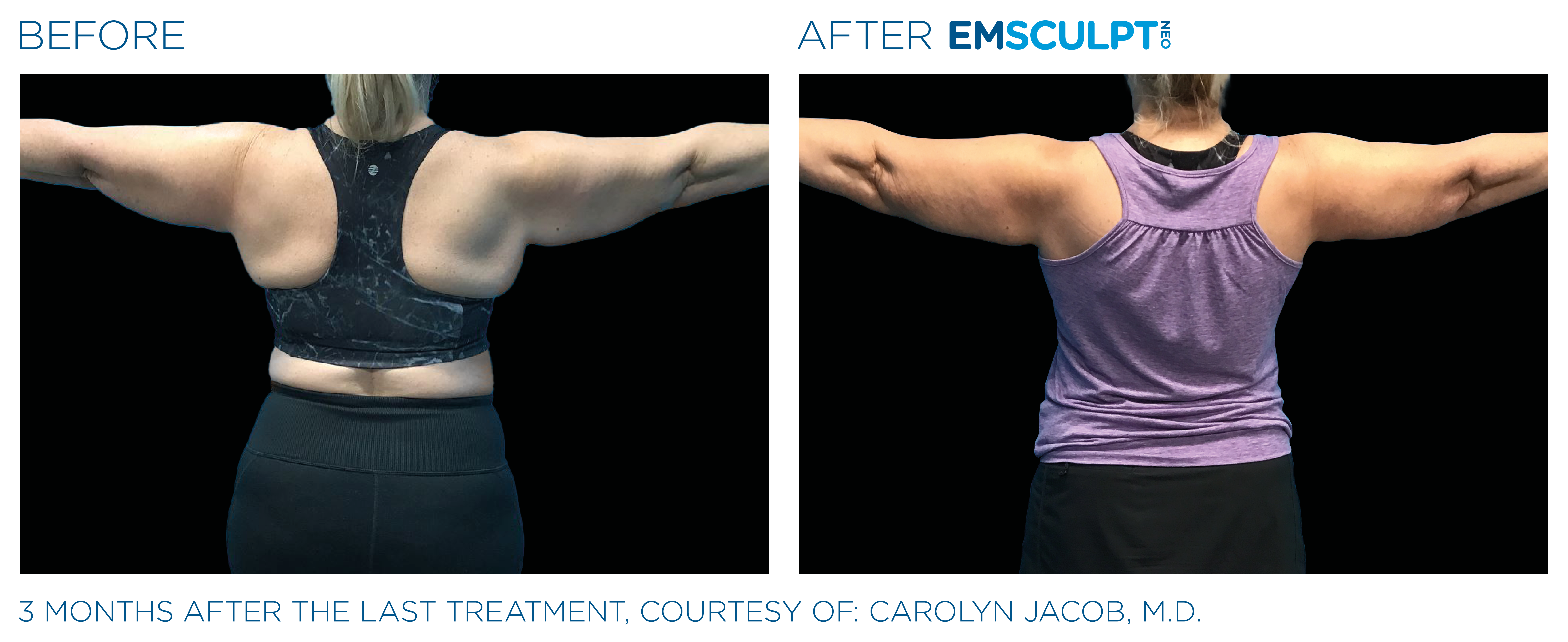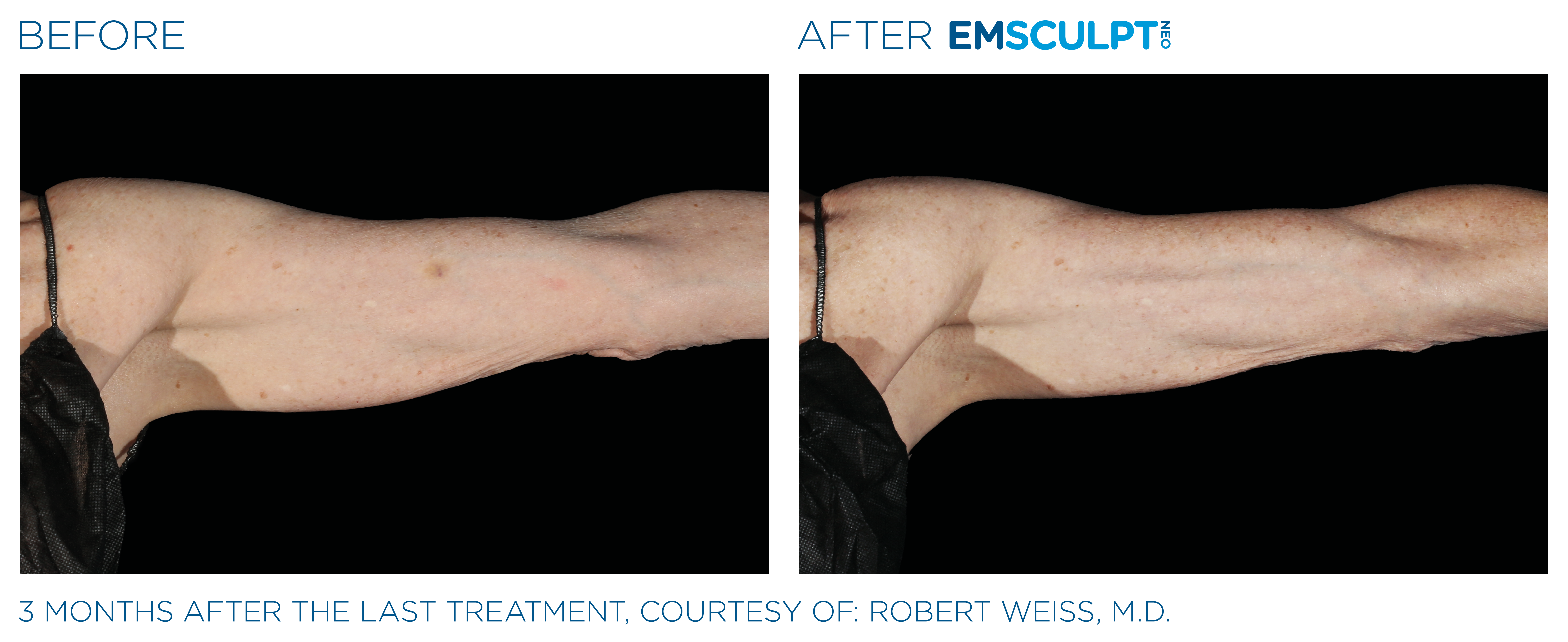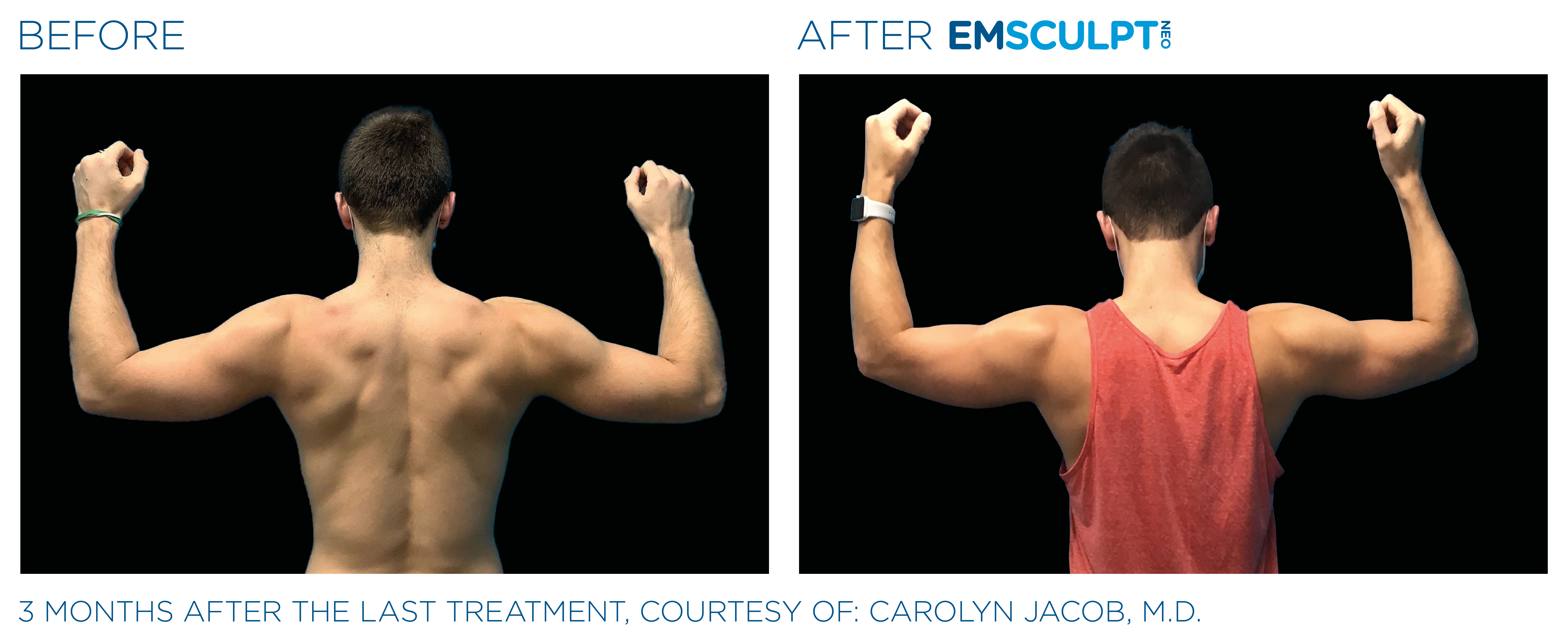After performing thousands of injections for low back pain, Dr. Iwan breaks down the top 5 most common epidural myths and its role in interventional pain management. Read her full breakdown below.
Myth 1: An epidural is a medication
An epidural is not the medication but refers to the location in the spine where the medication is delivered. The injectate can differ depending on a patient’s treatment plan and can consist of an anesthetic and steroid injection, platelet-rich plasma (PRP), or stem cells into the epidural space.
Myth 2: Epidural procedures are painful
Patients are given a local anesthetic, typically lidocaine, to numb the skin. Advanced image guidance like ultrasound and fluoroscopy optimizes delivery and the safety and efficacy of results.
Myth 3: Epidurals only treat low back pain
Epidurals can also help treat pain in the extremities that can be caused by compression of nerves in the lower back—such as some types of leg pain or other radiating pain.
Myth 4: An epidural injection will cure back pain
Epidural injections can help relieve inflammation and give some immediate relief but are not considered to be a long-term cure for conditions. Alternatively, regenerative injection therapy with PRP, lipo aspirate, and bone marrow aspirate can be an alternative to steroid injections.
Myth 5: Epidural injections are the same kind used in childbirth
Epidurals during labor use a needle and a small tube called a catheter in the epidural space to continuously release anesthetic and pain medication. Epidural injections, however, introduce the needle into the space, inject the medication, and then completely remove it after making the deposit.
